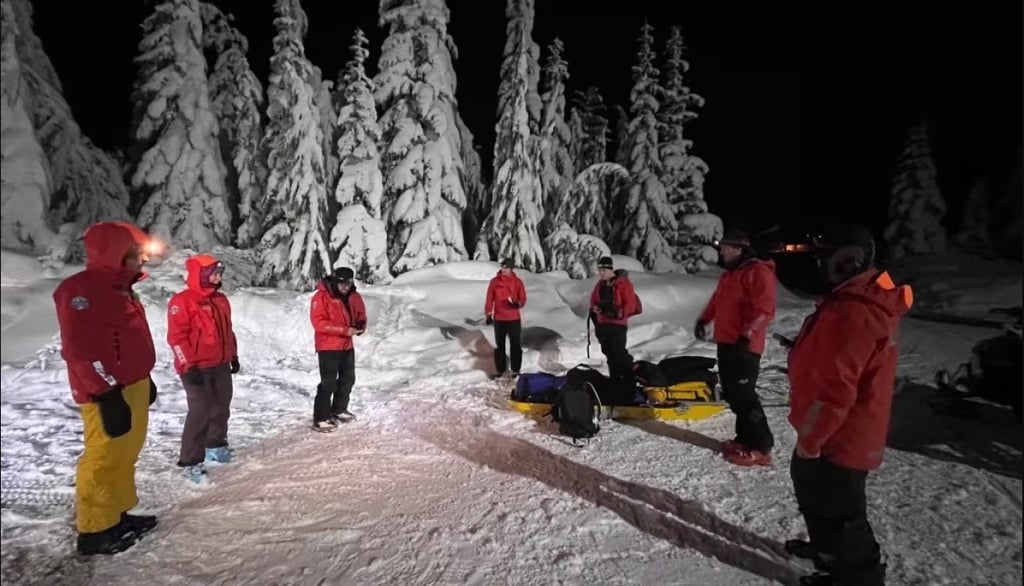Snowboarder Rescued After Overnight Stay in B.C. Backcountry, Airlifted to Hospital
Emma MacLeod
11/26/20241 min read


A day of snowboarding in B.C.'s Strathcona Park turned into a harrowing overnight ordeal for a woman who injured her hip in the Mount Allan Brooks area on Nov. 24. After the injury, she and her partner realized they could not make it out of the backcountry before nightfall and called for assistance.
Comox Valley Search and Rescue (CVSAR) teams faced challenging conditions as heavy snow prevented a helicopter rescue that night. A ski team embarked on a six-hour trek to reach the couple, eventually arriving at 1:30 a.m. to provide first aid and build snow caves to keep them sheltered until daylight.
The following morning, with improved visibility, the snowboarder was airlifted to a hospital in Nanaimo for treatment.
Paul Berry, a spokesperson for CVSAR, noted that the incident underscores the importance of preparing for the unexpected, particularly during the winter season. “The couple was well-equipped for a day trip, but not for an overnight stay,” Berry said.
This was one of two backcountry rescues conducted by CVSAR over the weekend. Another team was dispatched on Saturday to assist an injured snowmobiler behind Mount Washington.
Berry added that the sudden influx of snow after last year’s relatively dry winter is drawing outdoor enthusiasts into the mountains earlier than usual. "People have been eager to get out as soon as the snow arrived, and this weekend was an example of that," he said.
Experts are urging caution, particularly during the shoulder season when weather and snow conditions can change rapidly. Tyson Rettie, a forecaster with Avalanche Canada, emphasized the importance of preparation and training for backcountry activities.
"People need to take avalanche skills training courses, carry proper rescue equipment, and check daily avalanche forecasts before heading out," Rettie said.
Both Rettie and Berry stressed that while outdoor adventures can be thrilling, being prepared for worst-case scenarios is essential to ensure safety in unpredictable mountain environments.
News
Stay updated with the latest BC news stories, subscribe to our newsletter today.
SUBSCRIBE
© 2025 Innovatory Labs Inc.. All rights reserved.
LINKS
